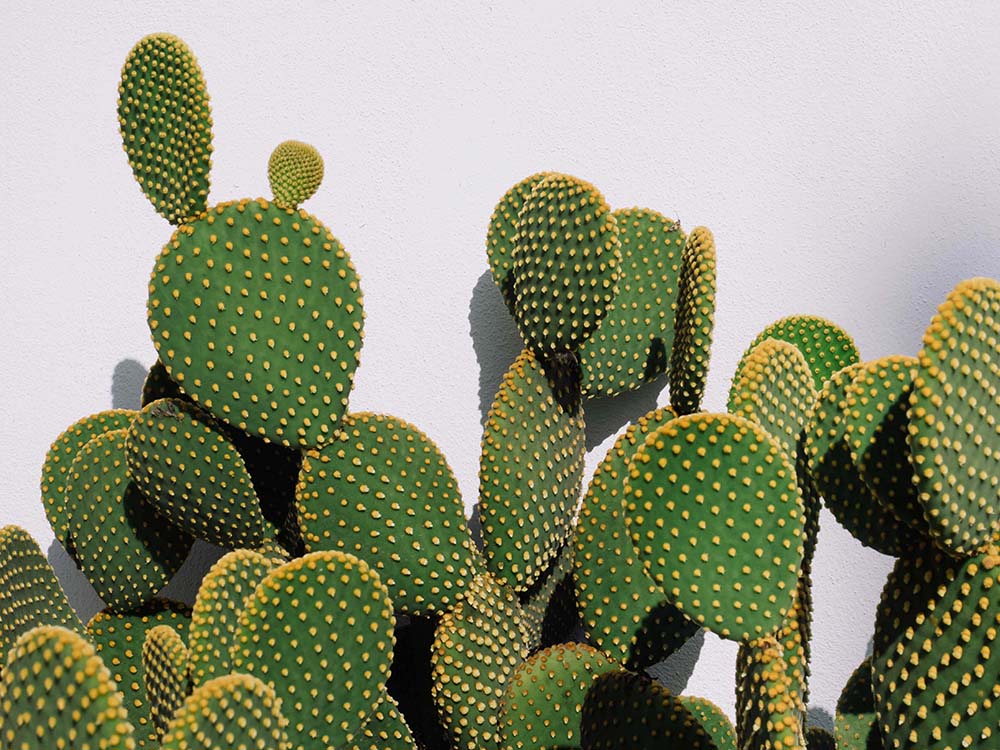Cacti are not just spiky green plants you see in the desert; they lead fascinating lives full of secrets and unique adaptations. These desert-dwelling wonders have evolved to survive in some of the harshest environments on Earth, showcasing incredible resilience and ingenuity. Let’s delve into the lesser-known aspects of cacti that make them truly remarkable.
While bees are often associated with pollinating flowers, cacti have a secret nighttime pollinator — bats! In the desert, where daytime temperatures can be scorching, many cacti bloom at night to avoid the heat. Bats, with their nocturnal habits and excellent sense of smell, are attracted to the sweet nectar of cactus flowers. As they feed, they inadvertently transfer pollen from one flower to another, aiding in the cacti’s reproduction.
Imagine raindrops falling from the sky, but instead of water, they’re tiny cactus segments! This rare occurrence, known as “cactus rain,” happens when mature cacti release their segments, commonly called pads or joints, during extreme drought or stress periods. These segments can detach easily and are designed to take root and grow into new plants when conditions improve, ensuring the cactus’s survival even in harsh environments.
Cacti have mastered the art of survival in arid regions with limited water availability. Their thick, waxy skin reduces water loss through evaporation, and their spines provide shade, reduce airflow, and deter thirsty animals. Additionally, cacti have shallow but extensive root systems that quickly absorb water from rain or dew, allowing them to thrive in unpredictable desert climates.
Cacti have specialized tissues that allow them to store water for extended periods, making them well-equipped to survive droughts. Their stems, which are often thick and fleshy, act as water reservoirs, enabling cacti to endure long periods without rainfall. Some cacti species can store enough water to sustain themselves for months, showcasing their remarkable adaptation to desert life.
One secret to cacti’s longevity is their slow growth rate. Some cacti species can live for over a hundred years, patiently growing and adapting to their surroundings. This slow growth also helps them conserve water and energy, making them well-suited for survival in arid landscapes with scarce resources.
Beyond their scientific marvels, cacti hold cultural significance for indigenous peoples worldwide. In Native American cultures, certain cacti species are revered for their medicinal properties in traditional remedies for various ailments. Additionally, cacti have inspired art, music, and literature, symbolizing resilience, endurance, and the beauty of arid landscapes.
Cacti are not just plants but living testaments to nature’s adaptability and survival strategies. From their nocturnal partnerships with bats to the rare spectacle of cactus rain, these desert plants continue to captivate our imagination and remind us of the wonders that thrive in the most unexpected places.
Ready to add a touch of desert beauty to your home or garden? Browse Ponderosa Cactus’ collection of cacti and bring home these resilient wonders today! Whether you’re a seasoned plant enthusiast or just starting your green journey, cacti will surely add a unique and low-maintenance charm to any space.
